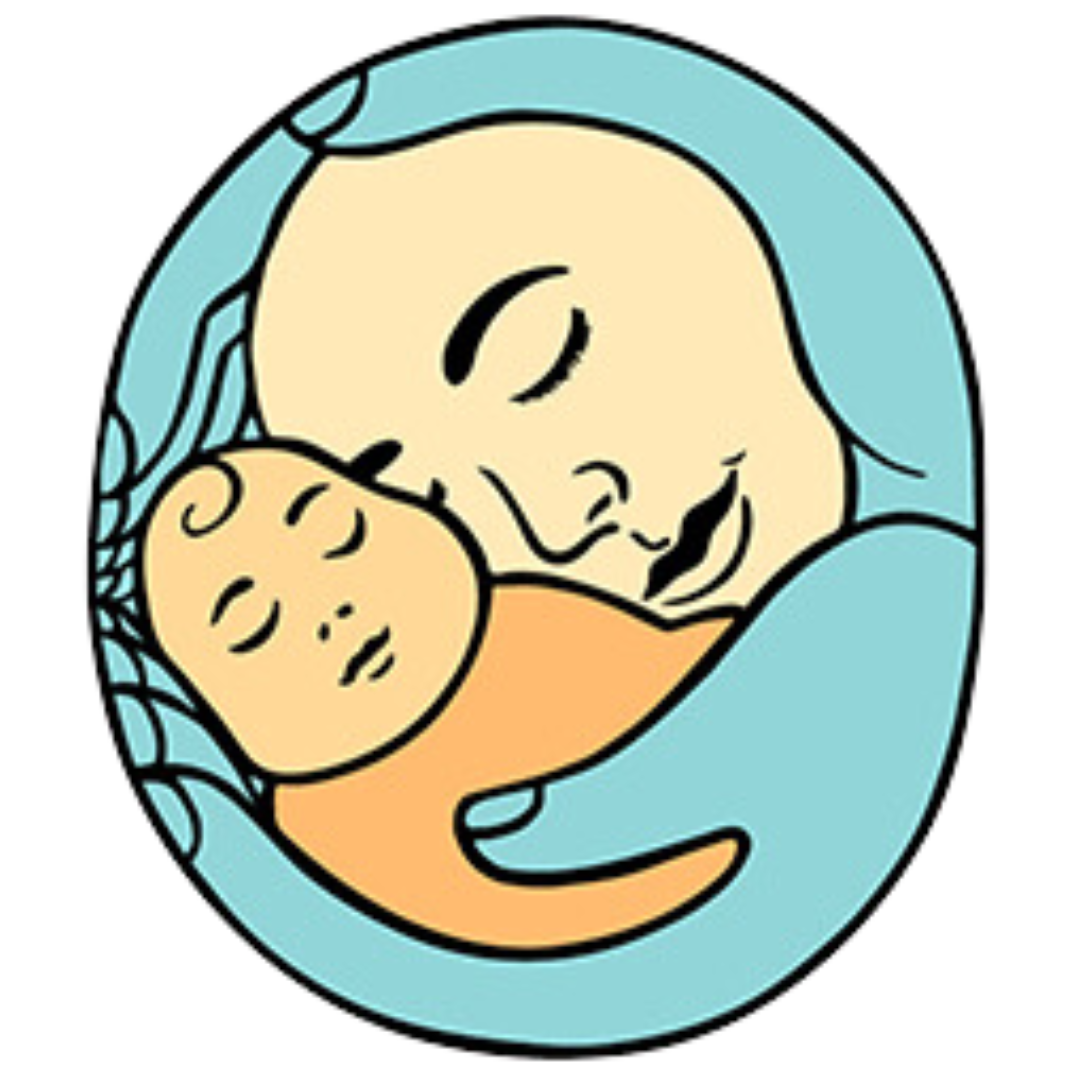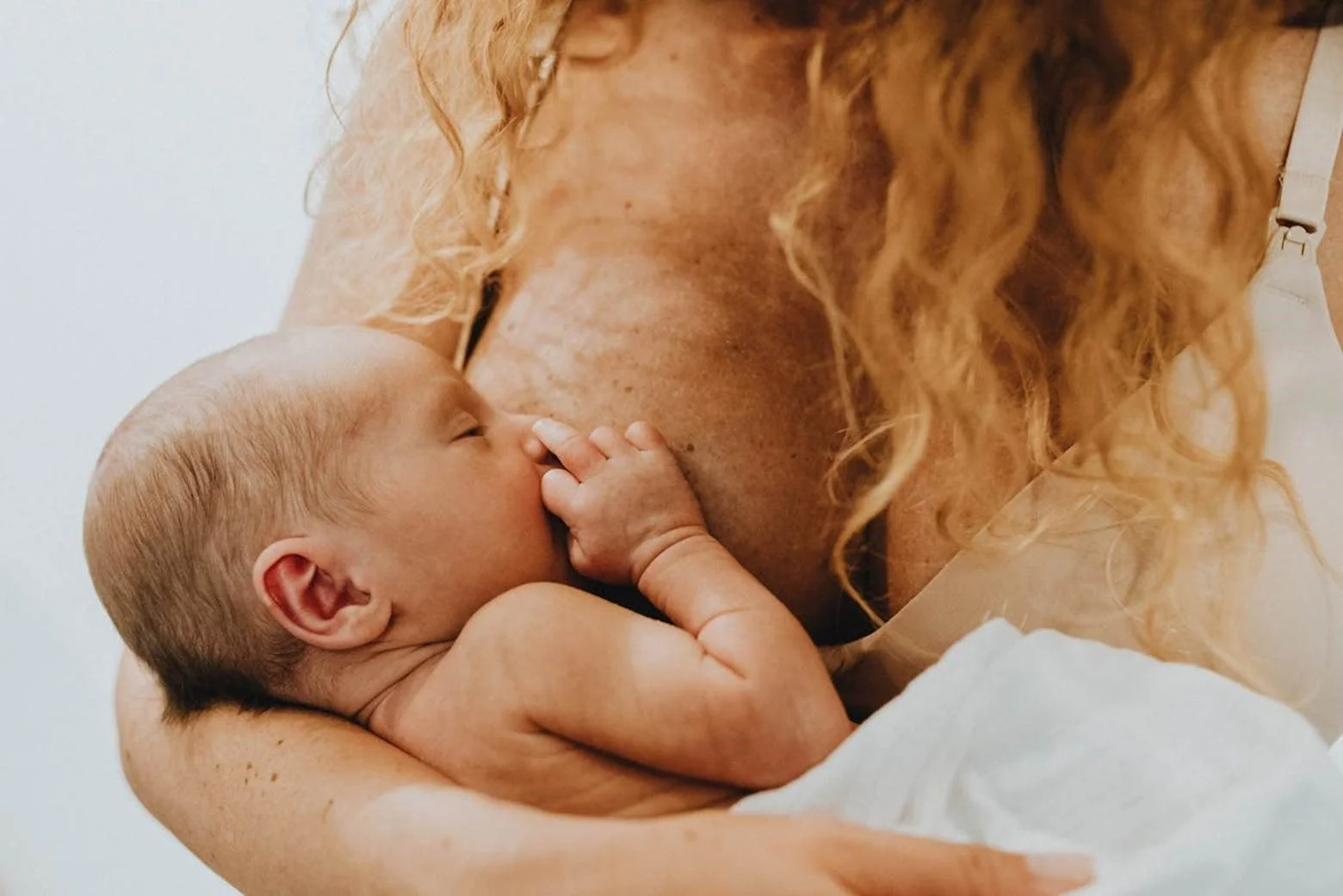What Should I Know About Breastfeeding and Smoking Together
Many new parents want to do what's best for their baby, especially regarding feeding. Breastfeeding is known to provide important nutrients, antibodies, and comfort. But what if the parent smokes? This question often causes stress and confusion.
Some wonder if switching to formula is safer. Others want to know if breastfeeding can still work. In many homes today, this is a real concern. With about one in four women of childbearing age smoking, it's important to look at the facts clearly and without shame.
Lo helps parents understand their options and feel supported, regardless of how they feed their baby. She also works with families through telehealth and online platforms to offer guidance that fits their lives.
She is an International Board Certified Lactation Consultant (IBCLC), a birth doula, and a childbirth educator. She hosts Lo’s Lactation Lab, where she shares science-based advice with warmth and care.
In this article, we'll look at how breastfeeding and smoking affect both milk and babies. We'll explore how nicotine enters breast milk, what secondhand and thirdhand smoke mean, and why breastfeeding is still often the better choice. We'll also cover tips to reduce harm and when nicotine replacements might help.
Breastfeeding and Smoking Among Women Today
Many parents ask if it's okay to breastfeed while still smoking. Some even wonder if switching to formula is safer. It's a tough choice, especially when you want the best for your baby. Let's break down the facts clearly and without judgment.
Image Credits: Photo by The Lazy Artist Gallery on Pexels
Smoking Among Childbearing-Age Women
About 23% of women aged 14 to 39 smoke. Nearly a third of them smoke between 11 and 20 cigarettes each day. Around 7% smoke only now and then. If you're one of them, you're not alone in asking this question. Many others are in the same place.
The Best Case vs. Real-Life Options
The ideal option is to quit smoking. That's what's best for your baby. But quitting is not always easy. If you can't stop now, that doesn't make you a bad parent. You're trying your best, and that matters.
Nicotine and Breast Milk
Nicotine enters the blood quickly and moves into breast milk. It takes about 97 minutes for half of it to leave the body. Babies absorb less nicotine from milk than adults do from cigarettes. That said, it still enters their system.
Secondhand and Thirdhand Smoke
Even if you don't smoke near your baby, they can still get exposed:
Firsthand: When you smoke yourself.
Secondhand: When they breathe in the air.
Thirdhand: From your clothes, hair, or car.
Breastfeeding has many benefits. If you smoke, it's still better to breastfeed than not. Just take steps to limit your baby's exposure. Every small change helps.
Milk Supply Issues in Breastfeeding and Smoking
Smoking can impact breastfeeding in a few key ways. It doesn't just affect the baby through smoke exposure. It also changes how your body makes and delivers milk.
Impact on Milk Supply and Let-Down
Smoking often leads to earlier weaning. Those who smoke more tend to stop breastfeeding sooner. One main reason is that smoking lowers milk supply. Nicotine blocks prolactin, a hormone needed to make milk.
It also affects the let-down reflex. This makes it harder for milk to flow. When milk is harder to release, babies may feed less often or for shorter times.
Still, not all researchers agree on this. Some believe low milk supply may also come from poor feeding habits or lack of support. Planning can help avoid these problems.
Image Credits: : Photo by Wren Meinberg on Unsplash
How to Manage Breastfeeding and Smoking
Meet a lactation consultant before your baby arrives. This helps you prepare and ask questions early.
Have support ready. Contact someone immediately if you worry about milk supply or are told to supplement.
Stick to regular feeding. Feeding often helps keep your supply up, even if smoking lowers it slightly.
How Smoking Affects the Baby
Nicotine reduces appetite. Babies may not want to feed as much. Also, breast milk from smokers tastes different. Some babies notice this and may fuss more during feeding or nurse for less time.
These effects don't mean you can't breastfeed. They mean you may need more support. With the right steps, many parents continue to nurse while working on cutting down or quitting.
Health Risks of Breastfeeding and Smoking and How You Reduce Them?
Smoking can harm your baby in more than one way. It's not just what goes into your milk. It's also what's left on your clothes, hair, and the air around your baby.
Effects on the Baby
Nicotine in breast milk changes its taste. Some babies get fussy or refuse to feed, especially right after you smoke. Babies in smoking homes also face more health issues, even if they're bottle-fed.
These babies are more likely to:
Get sick with breathing or stomach problems
Visit the hospital more often
Develop colic
The most serious risk is sudden infant death syndrome (SIDS). Babies in homes with smokers face a much higher risk. If a parent smokes more than five cigarettes a day, the baby's chance of SIDS increases sevenfold. Other common problems include vomiting, nausea, and stomach pain.
Image Credits: Photo by Kristina Paukshtite on Pexels
What Research Shows
Some advice says not to breastfeed if you smoke. But global research says something else. It shows that breastfeeding is still better than formula, even if you smoke.
Breast milk gives long-term health benefits, even when the parent smokes. The key is to reduce the baby's exposure.
How to Lower the Risk
Never smoke near your baby
Make others smoke outside
Wear a coat or smoke when smoking, and remove it afterward
Cover your hair with a hat or scarf and remove it before feeding
Wash your hands, face, and exposed skin before holding your baby
Use wipes when needed
Each step helps cut the risk. Small changes can protect your baby's health if quitting isn't possible right now.
Reducing Harm in Breastfeeding and Smoking
If you're breastfeeding and also smoking, timing matters. You can reduce how much nicotine your baby gets through careful planning. The goal is to keep the benefits of breast milk while lowering the risks from smoking.
Nicotine takes about 95 minutes to drop by half in your body. That's why timing your feeds around smoking helps. Try to feed your baby first, then smoke afterward.
If your baby doesn't need another feed for the next two to three hours, their exposure will be lower when you feed again.
Image Credits: Photo by Jonathan Borba on Pexels
What About Nicotine Replacement Therapy?
Some parents wonder if nicotine replacement therapy (NRT) is safer. These include patches, gum, or nasal sprays. While they aren't officially approved for breastfeeding, they do carry fewer risks than cigarettes.
Importantly, NRT doesn't produce secondhand or thirdhand smoke. That means your baby won't inhale the extra toxins from cigarette smoke. But it's important not to use NRT and keep smoking. You need to choose one method.
Tips for Safer Use of NRT
Patches: Remove them before bed to limit nighttime exposure.
Gum: Chew it right after feeding. This gives your body time to lower nicotine levels.
Nasal sprays: Use them after a feed and wait at least 90 minutes before the next session.
These steps can help you keep breastfeeding while reducing harm. Even small changes can make a big difference. If quitting feels out of reach right now, focus on what you can do.
Breast milk still gives your baby vital nutrients and protection. Making thoughtful choices helps you do both, care for yourself and your baby.
Conclusion
Breastfeeding and smoking can raise many concerns, but the facts offer clear guidance. Breastfeeding still gives your baby important protection, even if you smoke. The best option is always to quit. However, if quitting feels too hard right now, you can still make choices that lower the risks.
Try to feed your baby before smoking. Wait two to three hours before the next feed. This allows nicotine levels to drop. Keep smoke away from your baby. Ask others to smoke outside. Change clothes and wash your hands and face before feeding.
If you want help cutting down, nicotine patches or gum may be safer than cigarettes. Just don't use them and smoke at the same time. Always use these products after feeding and give your body time before the next session.
Small changes matter. Even if you can't stop smoking yet, you can still protect your baby. Breast milk has nutrients and antibodies that formula cannot match. With some planning and support, you can keep giving your baby what they need while caring for yourself.
FAQs
Can I continue breastfeeding and smoking if I only smoke occasionally?
Yes, even with light smoking, breastfeeding is still safer than switching to formula. Just reduce exposure when possible.
Do I need to pump and dump after breastfeeding and smoking?
No. There's no need to discard milk. Instead, wait 2 to 3 hours after smoking before the next feed.
Can secondhand smoke impact breastfeeding and smoking outcomes?
Yes. While it doesn't change the milk, secondhand smoke increases health risks for your baby during breastfeeding.
How can I tell if breastfeeding and smoking are affecting my baby?
Your baby may feed for shorter times or seem fussier. If you're unsure, speak with a lactation consultant.
Should I stop breastfeeding and smoking at the same time?
It's best to quit smoking. But if you can't yet, don't stop breastfeeding. It still protects your baby.




